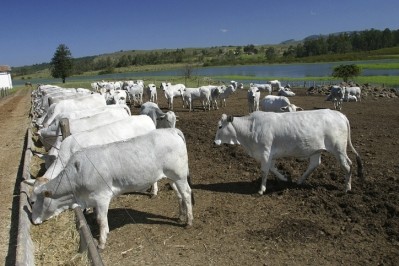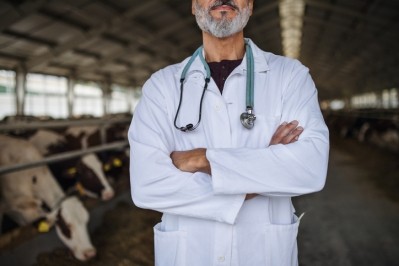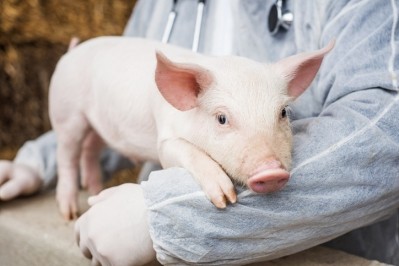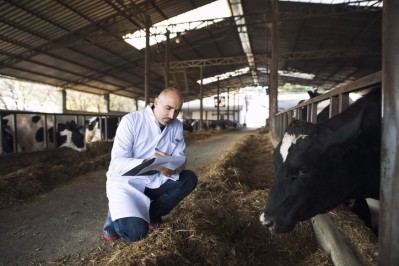OECD: Improve animal husbandry, nutrition, and biosecurity on livestock farms to combat AMR
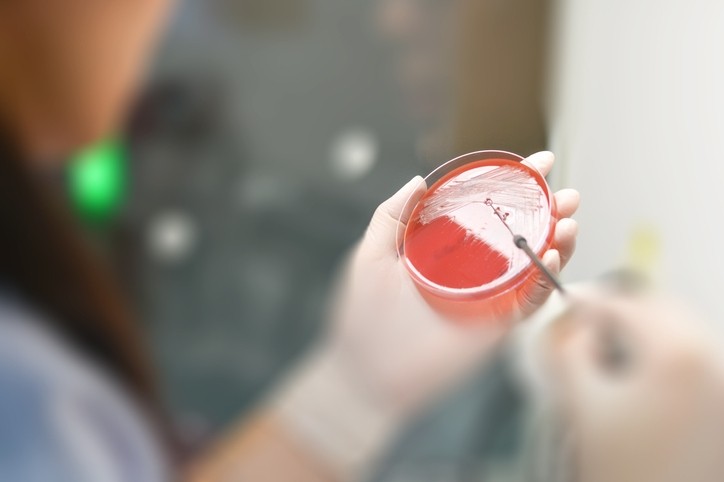
AMR poses a major threat to human, animal, plant, and environmental health, said the Organization for Economic Cooperation and Development (OECD).
Due to its global nature, the emergence of AMR can have potentially huge economic and social costs in all countries, it stressed.
In its review, the global organization looks at the lessons drawn from national action plans to combat AMR in animal production.
“Evidence on the implementation of these plans in livestock agriculture across six OECD countries, as well as in Brazil, the People’s Republic of China, and the Russian Federation, highlights the need for greater co-ordination and coherence amongst stakeholders in implementing workable solutions,” found the report.
A more coordinated approach would see the development of integrated surveillance and monitoring systems, and improved regulations on the availability of antibiotics, it added.
The OECD also emphasized the importance of the nutrition element in any strategy to reduce AMR in this domain: “Successful AMR mitigation strategies include preventative measures that limit and prevent infectious disease outbreaks in food animals. Greater attention also needs to be given to the development of alternative interventions to antibiotics in the prevention and treatment of animal diseases, in particular, a greater focus on enhancing animal husbandry, nutrition, and biosecurity measures on livestock farms.”
Additional efforts to enhance public awareness, and to improve education and training, could also improve outcomes in this area, it said.
Background
In 2015 the World Health Organization (WHO), in collaboration with the Food and Agriculture Organization of the United Nations (FAO) and the World Organization for Animal Health (OIE), developed a Global Action Plan (GAP) to contain the rise in AMR in humans and animals.
The GAP was supposed to provide a useful starting point to guide member countries as they developed their country-specific National Action Plans (NAP) to mitigate the impacts of AMR.
Most countries have taken a One Health approach in developing their national action plans covering human health, animal health and the environment, reported the OECD.
Key learnings
The report outlined how most countries have adopted a mix of policies to tackle AMR by influencing the behavior and husbandry practices of livestock producers.
“There is no single measure or solution to tackling the challenges posed by AMR in animal agriculture, but a mix of good policy measures, regulations, good husbandry practices, and biosecurity measures can successfully and sustainably reduce the need for antibiotics in livestock production and consequently lower the risks of AMR. The starting point is different in every country due to the different farming systems, different economic incentives, policy/regulatory measures, and different technical capacities,” it reads.
OECD countries typically have well-functioning surveillance and monitoring systems and veterinary capacity, whereas this infrastructure is generally weak in developing countries, wrote the authors.
Good farm management and husbandry practices are critical to tackling AMR in animals. “In many countries, the selective use of vaccines under veterinary supervision has proven to be effective in reducing the outbreaks of infectious diseases.”
The adoption of biosecurity measures both on and off the farm can limit the need for antibiotics by controlling the introduction of pathogens, found the review.
In many countries, lack of funding has impeded the implementation of measures to combat AMR.
“Much of the public funding is allocated to dealing with AMR in human health, and limited funding is available to implement measures to tackle AMR in animal health. However, new initiatives have emerged involving collaboration and partnerships between the public and private sector. In this context, it is critical that countries have the political willpower and determination to ensure the effective implementation of the measures in their NAPs to combat AMR.”
National regulations play an important role in controlling the availability and use of antimicrobials in animal production, continued the organization.
“Strict controls on the sale of antibiotics for food animals through the implementation of veterinary prescriptions for antibiotics helps to limit over-use of antibiotics in animal production. This is particularly important to ensuring that the High Priority‒Critically Important Antibiotics are not used inappropriately in animal agriculture. While good regulations on antibiotics are important to ensure the proper treatment of animals, veterinarians also play a central role by prescribing the appropriate interventions to ensure good animal health and good animal welfare.”
At the farm level, antimicrobial use (AMU) data allows for accurately measuring AMU and enables the provision of targeted advice and guidance. “Reliable and accurate data on the use of antibiotics by different animal species, and at different stages of production, is not yet available in any country,” noted the OECD.
Main recommendations
Besides the recommendation as regards nutrition based alternative interventions to antibiotics, the OECD advised that:
- Further efforts are required to improve regulations and enforcement on the appropriate use of antimicrobials in human and animal health.
- A standardized approach to data collection by the national surveillance systems would allow countries to establish ‘benchmarking’ for antibiotic usage in the different animal sectors. The adoption of international standards for the collection and reporting on antibiotic use and antibiotic resistance in animals would help support comparative analysis within commodities to mitigate AMR across countries.
- Additional efforts are needed to ensure transparency and coherence in the implementation of national policies to combat AMR. Sharing of experiences across different administrative structures and institutions in different sectors and countries would help improve the co-operation among public policy institutions and the private stakeholders.
- In order to enhance public confidence and motivation, governments should commit to the long-term funding required to implement national actions plans.
